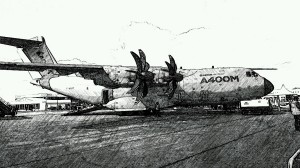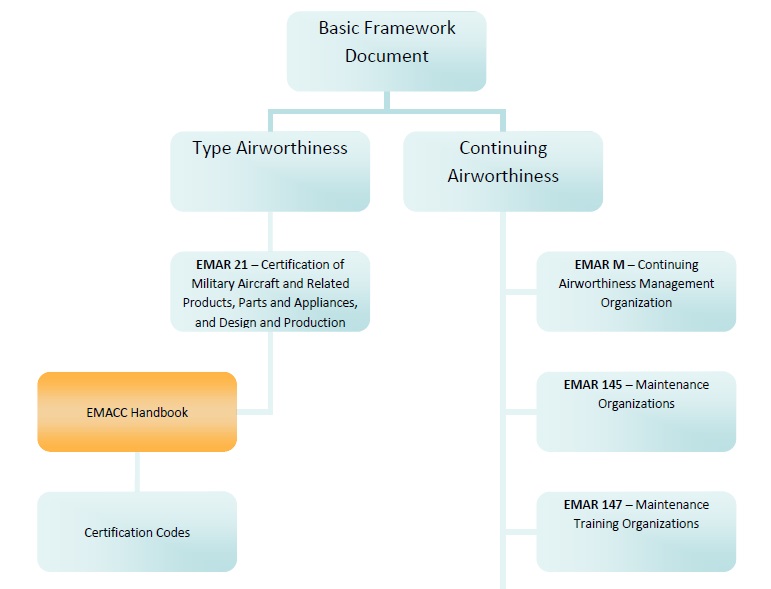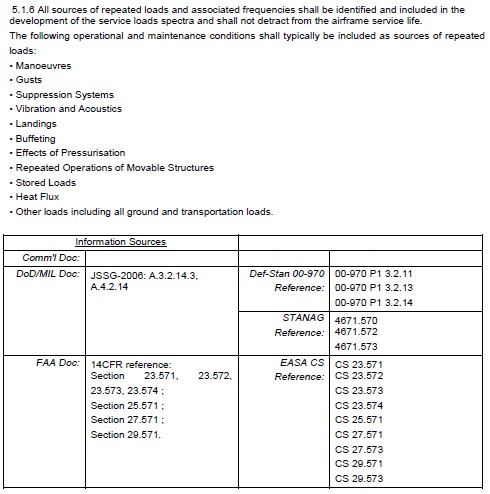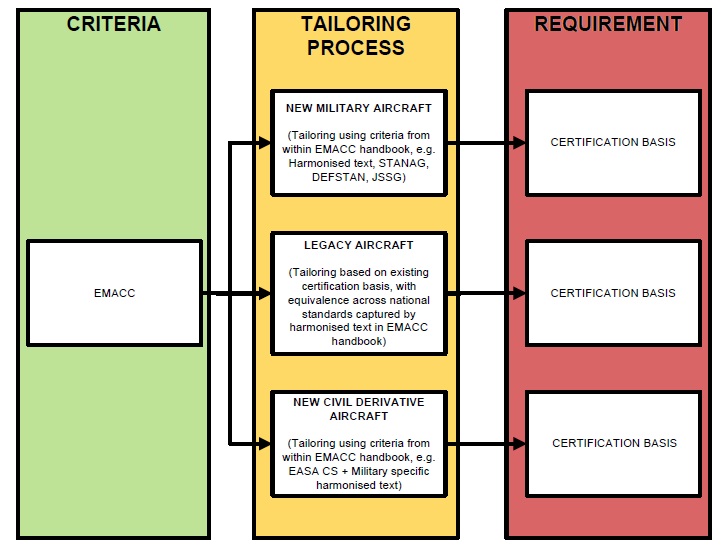EDA European Military Airworthiness Certification Criteria (EMACC)
In 2008 the European Defence Agency (EDA), an intergovernmental Agency of the European Council, created a Military Airworthiness Authorities (MAWA) Forum to help harmonise the airworthiness requirements and processes of the EDA’s 27 Participating Member States (all EU states except Denmark). This resulted in the development of a series of European Military Airworthiness Requirements (EMARs).

Airbus A4000M a pre-EMACC Multinational Aircraft Project (Credit: Andy Evans)
In particular the EDA note:
A significant cost driver for any aircraft programme is the costs associated with the initial airworthiness certification of the aircraft, which requires extensive Test and Evaluation (T&E) by the customer nations. If this activity could be carried out collaboratively…then significant cost and time savings could be realised. It has been recognised, therefore, that there exists a unique opportunity to agree on an EU-wide harmonisation and unification strategy for military airworthiness.
An EDA funded study (conducted by Eurocopter, now Airbus Helicopters) estimated that the adoption of the EMARs would deliver a reduction of up to 50% of the development time and at least 10% of development costs up to initial-type certification. Significant further cost savings could also be achieved during the in-service phase.
This resulted in the development of the EMACC Handbook as “a framework of certification criteria to assist in the determination of airworthiness”.

The EMACC Handbook and its Relationship with the EMARs (Credit: EDA for this and subsequent graphics)
The purpose of the EMACC Handbook is to enable a systematic selection of appropriate certification criteria to form the Type Certification Basis (TCB) for a specific Military Air System. It is not itself a set of certification requirements and the criteria are considered to be ‘non-prescriptive’. The Handbook references several existing airworthiness codes as source documents. These include the UK Def Stan 00-970, US Joint Service Specification Guides, EASA Certification Specifications and NATO STANAGs. The Handbook is orientated around the structure of US Mil-HDBK-516B (though is being being updated to reflect the new Mil-HDBK-516C).
For each criterion, the EMACC Handbook identifies the relevant requirements from the referenced documents. As the criteria are considered non-prescriptive, no level of equivalence is inferred between the codes and the user developing the TCB needs to consider the relative merits of the options for their application. An example from Section 5 Structures, Sub-Section 5.1 Loads, with the criteria followed by the referenced airworthiness standards:
One advantage of using the EMACC Handbook to develop a TCB is the potential to aid certification other National Military Airworthiness Authorities (NMAAs) on export programmes.
Tailoring may be required to ensure the following are respected:
- The approach to governance and the associated contracting model(s);
- The approach to development, production and ongoing upkeep of the product basis of certification, including the acceptable approaches to means of compliance;
- Sufficient flexibility and adaptability within the criteria to met the operational needs, scenarios and role for the Product(s).
This tailoring process may also involve the modification and/or addition of criteria from multiple-sources. Tailoring will differ depending on the type of product:
The EMACC Handbook is supported by a Guidebook. That provides instructions for the use of the these certification criteria in a military certification programme. The Guidebook explains the difference between airworthiness and qualification, the former being related to safety requirements and the latter to functional (mission) performance requirements.
The documents:
- EMACC Handbook Issue 2.1 (12 Oct 2015) Endorsed (Superseded document, for reference only: EMACC Handbook Edition 2.0 (24 Jan 2013) – Superseded)
- EMACC Guidebook Ed 1
Additionally the UK MAA has published a Regulatory Notice on use of the EMACC.
UPDATE 10 October 2016: EDA holds Annual Military Airworthiness Conference in Lisbon
EDA Chief Executive Jorge Domecq said Member States should aim for:
- a single certification approach for multinational programmes, which would result in less development costs and optimised use of certification resources;
- the development and application of common agreed industrial standards which would strengthen the position of the European defence industry in the global market;
- optimised pooling and sharing of spare parts and maintenance resources within a single regulatory and oversight system (of key interest in relation to civil-derivative aircraft, but also with regard to military platforms such as A400M, Eurofighter, NH90 and others);
- optimised use of oversight resources by collaboration in oversight obligations;
- minimised gaps or differences between national regulatory and oversight systems, which would in turn minimise safety risks in multinational materiel cooperation programmes.
However, “a real common approach can only be established if EMARs are also implemented in a uniform way, which is a national responsibility of the Member States”, he stressed.
Aerossurance Director Andy Evans is a former member of the UK MAA Joint Air Safety Committee, Chair of the ADS Military Aviation Safety Group, UK CAA / JAA Project Certification Manager, Head of Airworthiness in a civil and military approved Design Organisation and has direct experience in the specification, design, procurement and certification of a number of military aircraft types.





Recent Comments